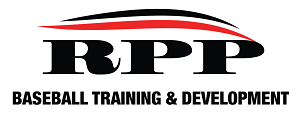
RPP Baseball is a high performance baseball training facility located in Paramus (Bergen county), New Jersey. From the weight room to our pitching and hitting programs, we utilize the latest in technology, in a holistic and data-driven approach which allows us to assess, train and re-assess players on an ongoing basis. Our athletes are walking testimonials as to the power of our highly customized programming. Below is a summary of our extensive services for pitchers and baseball players: Continue reading “New Jersey’s Most Comprehensive Baseball Training Facility”









